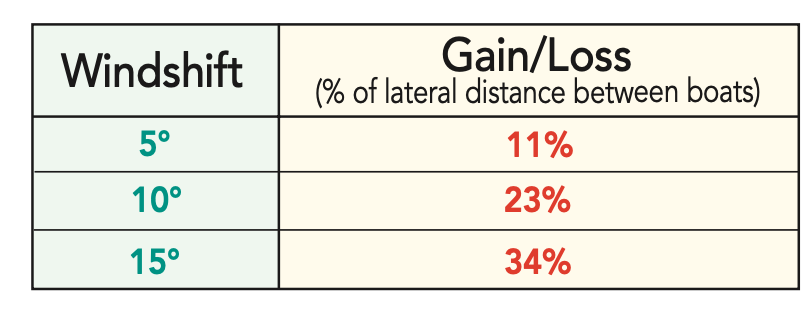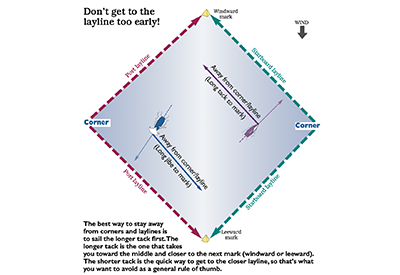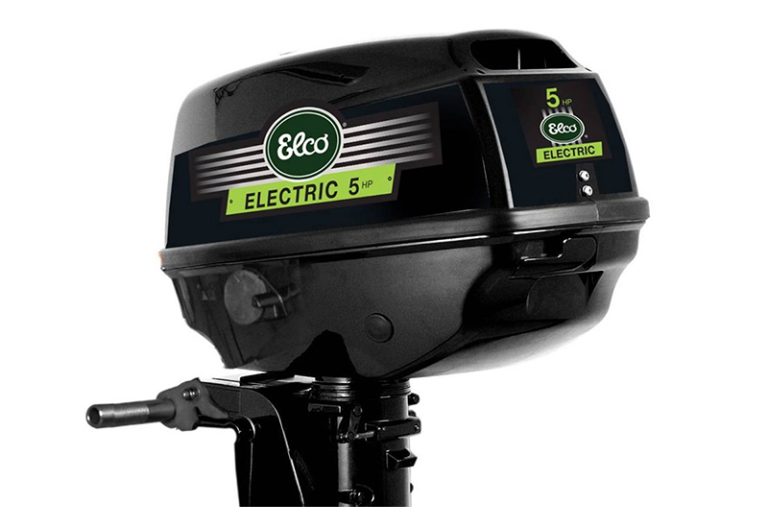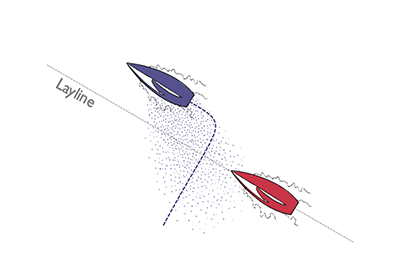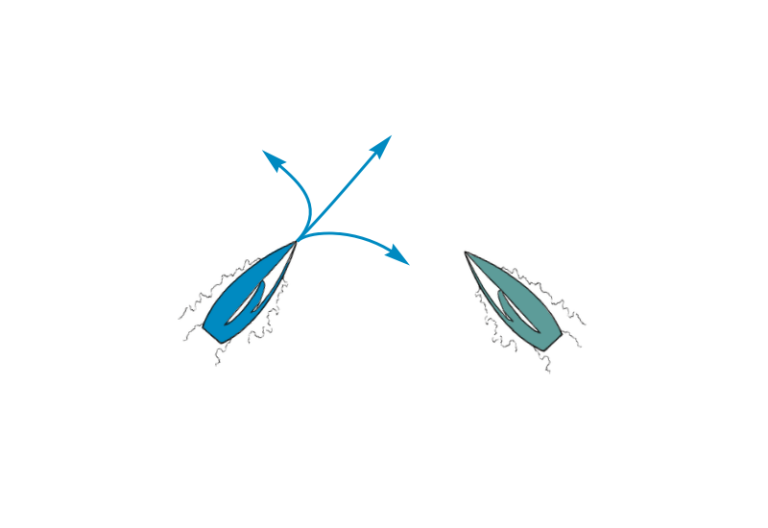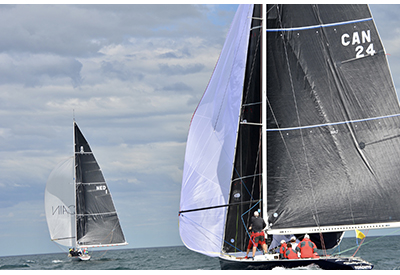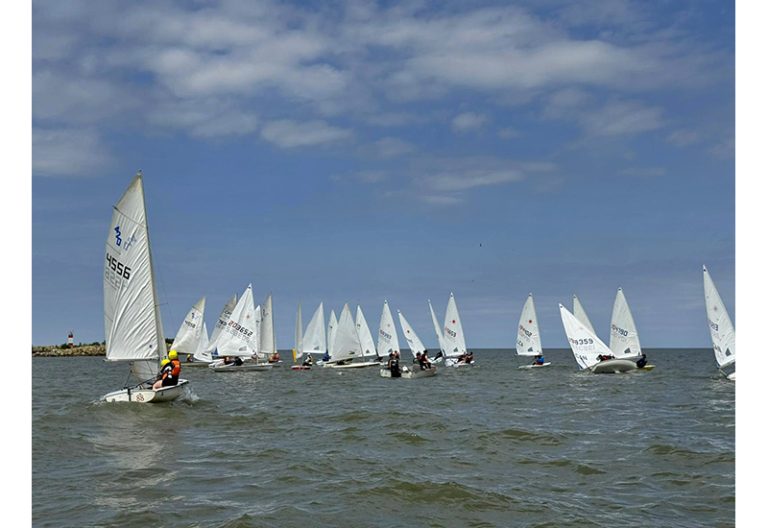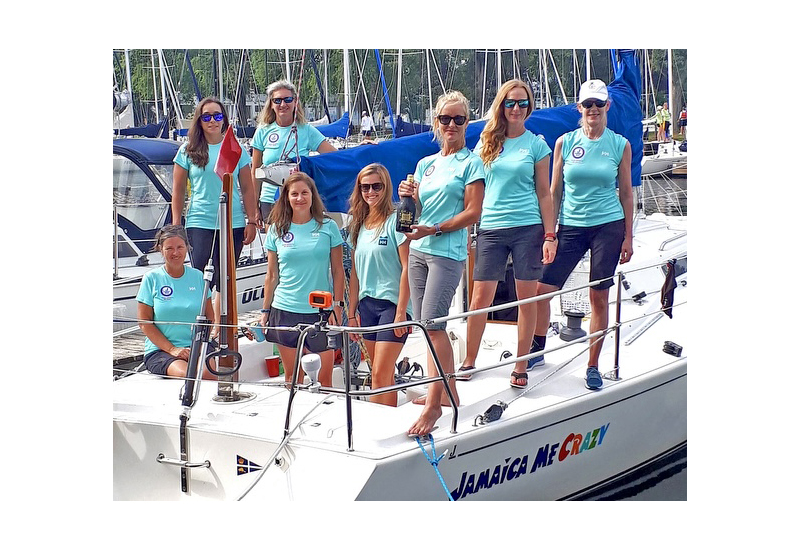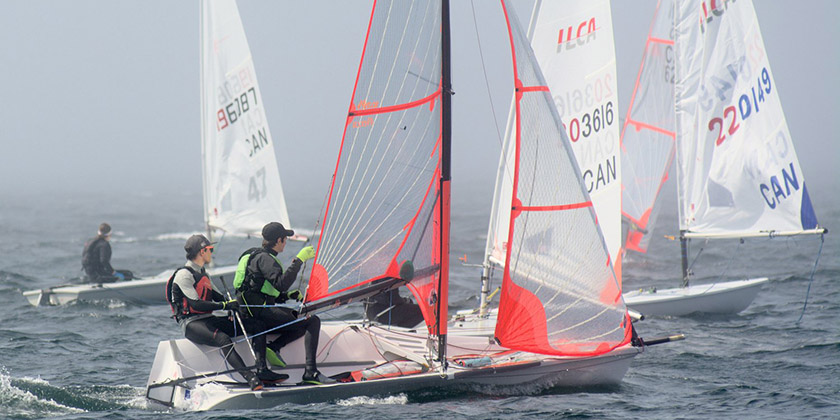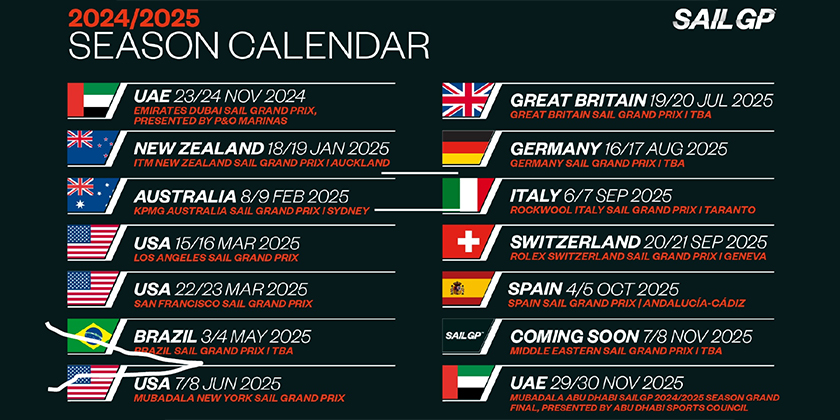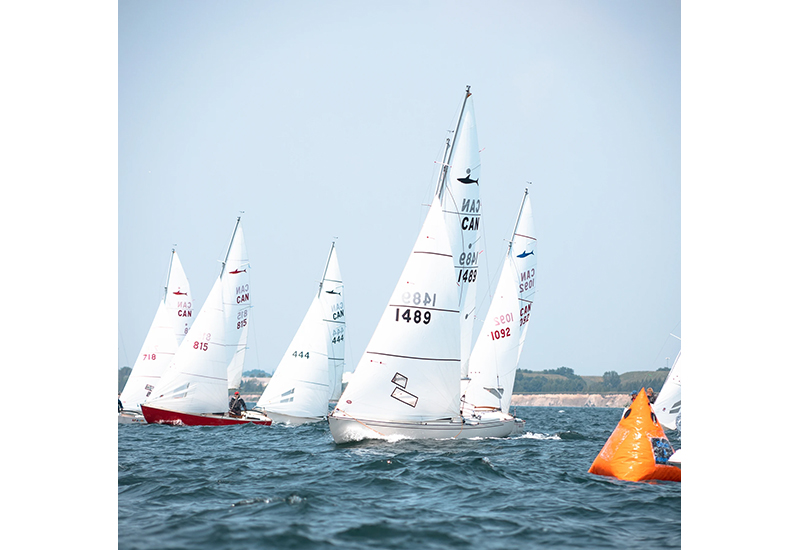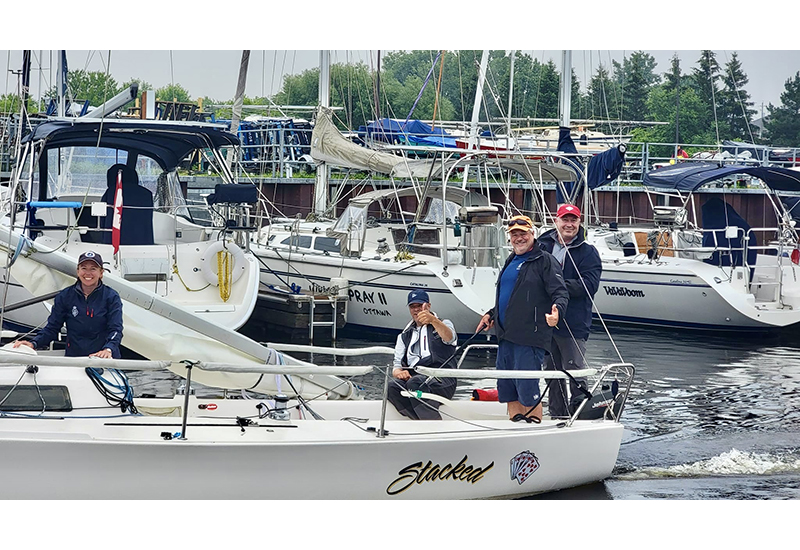Speed & Smarts: Review and Test – Sailing Smarts Part 4: Ahead or Behind?
Feb 14, 2024
With the mild weather around, it’s hard not to get cranked up about the season ahead. Dave Dellenbaugh’s review tests are a brilliant way to get your brain in gear.
Last issue we took a look at when boats converge and what to do about it. This time, the critical question – are you ahead of them?
Questions
Question 20: The direction of your wind is 240°. You are racing upwind and you take a compass bearing of 335° on a nearby boat. Are you ahead of or behind them?
A) You’re ahead
B) You’re behind
C) Both boats are even
Question 21: Below are 3 boats racing up the middle of a beat. If the wind shifts to the right, which statement(s) are definitely true?
A) A and B will be even
B) A will be ahead of B
C) B will be ahead of A
D) C will be ahead of A
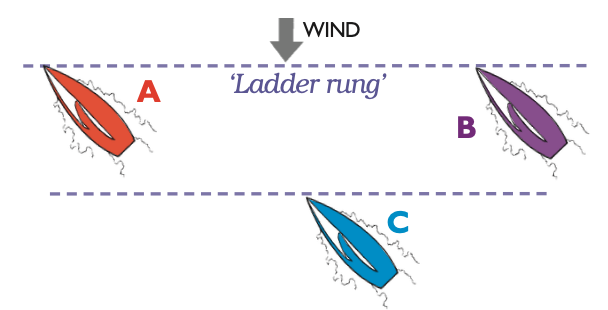
Question 22: On a run, your average headings are 155° on port jibe and 185° on starboard jibe. The boat you have to beat in this race bears 080° on your compass. Are they ahead of or behind you?
A) They are ahead of you
B) They are behind
C) Both boats are even
Question 23: You’re on port tack converging with a starboard tacker who is far away. According to your compass, the other boat bears 004°. A minute later the bearing is 358°. You are:
A) Ahead of the other boat
B) Behind the other boat
C) Both boats are even
Question 24: On a long beat, two 20-foot boats are 1.0 miles apart (6,080 feet) and even in the race. Now there is a small wind shift of 1° to the right: Roughly how much does the boat on that side gain?
A) 1 boatlength
B) 7 boatlengths
C) 20 boatlengths
Answers
20. A) You’re ahead. You are even with other boats that are on your ‘ladder rung.’ If the wind is 240°, your ladder rung bears 330° (240+90) on one side and 150° (240-90) on the other. Since the other boat bears 335° from you, she is 5° behind your ladder rung. So, you are ahead in the race.
21. C) B will be ahead of A. Statements A and B will definitely be false. Statement D might be true, but only if the wind shifts pretty far right. The only statement that will certainly be true is C because the boats were even in the race, and then the wind shifted in favor of B.
22. C) Both boats are even. If you bisect your headings, you can determine that dead downwind is 170° and the wind direction is therefore 350° (170°+180°). Your ladder rung to port bears 080° (350°+90°). Since the other boat also bears 080° you are on the same rung and therefore equal in the race.
23. B) Behind the other boat. The other boat is ahead of you because in a minute she gained 6° of bearing (from 004° to 358°). She is therefore on a higher ladder rung and should continue to gain bearing and cross ahead.
24. B) 7 boatlengths. When the wind shifts 1°, boats will gain or lose roughly 2.25% of the lateral separation between them (see chart below). Since the boats are a mile apart, the gain or loss here will be almost 140 feet (6,080 x 2.25%). For 20-foot boats, this is about 7 lengths.
